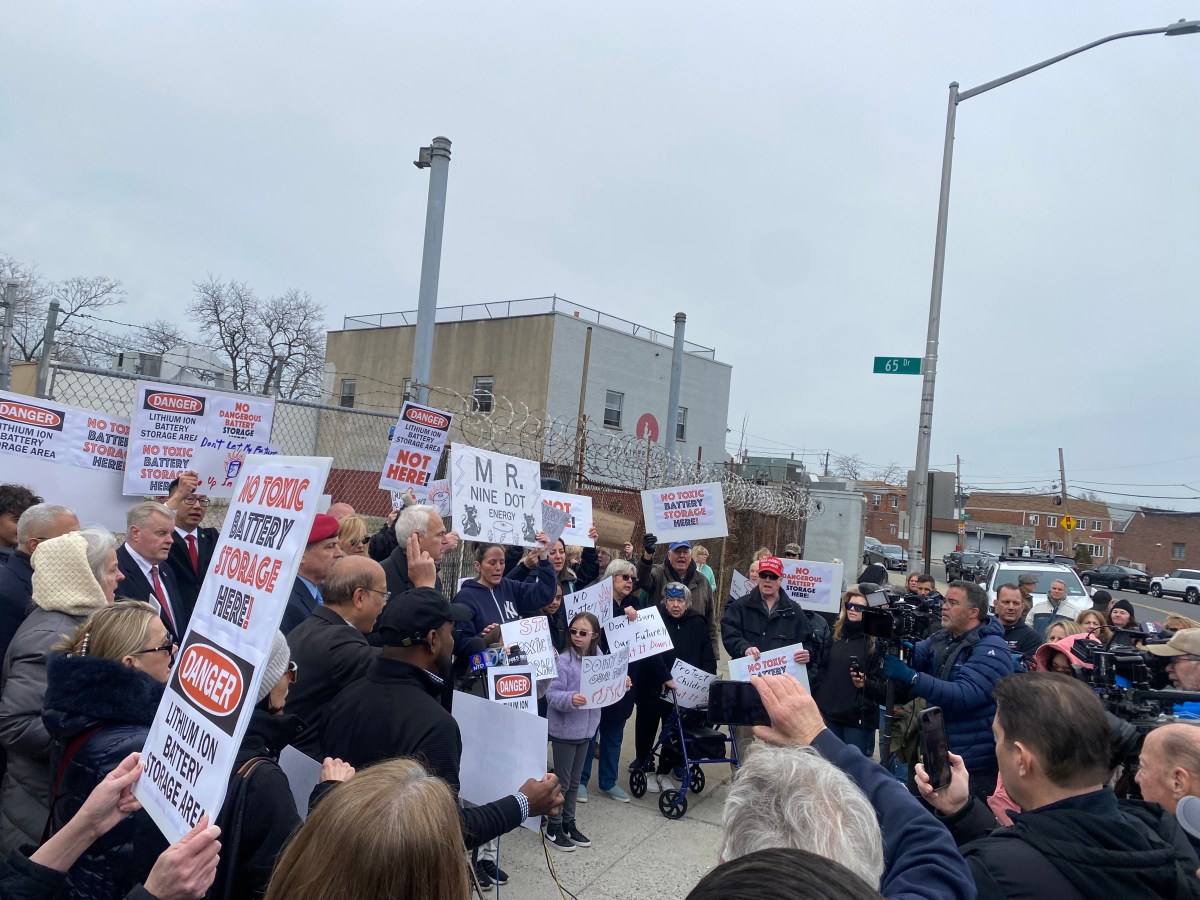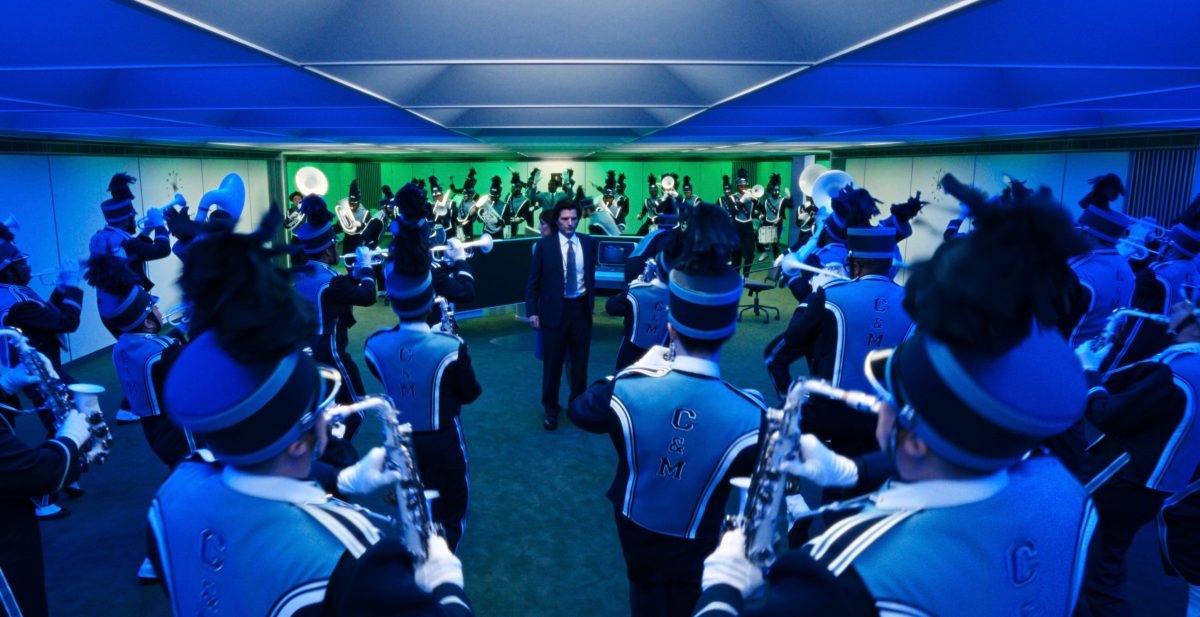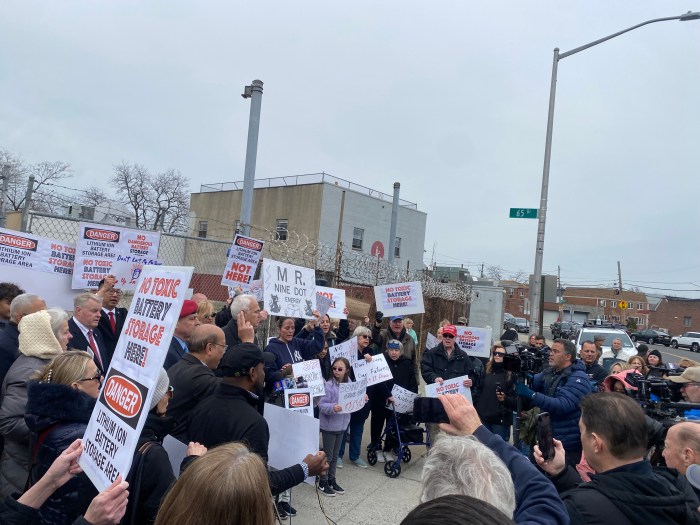
ORIGINALLY PUBLISHED SEPT. 9, 2013 | BY TERESE LOEB KREUZER |The New Market Building in the South Street Seaport has a distinctly Art Deco façade and a significant history as the last in a succession of buildings erected to house the Fulton Fish Market, which dates back to the early 19th century. When the New Market Building opened in June 1939, Mayor Fiorello La Guardia considered the occasion important enough to attend and make a speech.
However, that history was not enough to sway Mary Beth Betts, director of research for the Landmarks Preservation Commission. In a letter dated Aug. 21, 2013, she denied a request from the Historic Districts Council to consider the New Market Building for landmarking.
The fate of the New Market Building has been a source of contention in the Seaport for many years. It is located within the South Street Seaport State and National Register Historic Districts, but it is excluded from the city historic district, which means it could be demolished for new development.
Surrounding buildings, including the neighboring Tin Building, erected in 1907, are in the city district, but the New Market Building may have been cut out because it was not yet 50 years old at the time the other buildings were landmarked.
Historic preservationists fear that The Howard Hughes Corporation, which holds a long-term lease on parts of the Seaport, may be eyeing the New Market Building site as its predecessor, General Growth Properties did, for a high-rise hotel or apartment building.
The preservation community would like to see the New Market become part of a large, permanent market that would bring locally produced food to the neighborhood, serve as an incubator for small businesses and act as a tourist attraction such as the famed Pike Place Market in Seattle and the Reading Terminal Market in Philadelphia.
Community Board 1, which has repeatedly asked that the New Market Building be considered for landmarking, would like the building to be available either for a market or for an unspecified community use.
In her letter to Simeon Bankoff, executive director of the Historic Districts Council, Betts said a senior staff committee of the Landmarks Preservation Commission had reviewed the building for consideration as a potential landmark.
“At this time, the property does not appear to meet the criteria for designation and will not be recommended to the full Commission for further consideration as a New York City landmark,” Betts wrote.
“This is a temporary setback,” said Bankoff. “It was not a firm denial. The letter said, ‘at this time.’ I’ve gotten definitive, absolute end-of-the-road ‘no’ letters. This was not one of them.”
Bankoff said that he thinks the issue can be raised again. “We are not ceasing our efforts to get them to reconsider,” he said, noting that a new administration will take over in January, which may have a different point of view than its predecessor.
The Howard Hughes Corporation has not yet shared its most recent plans for the Seaport, but Bankoff has not forgotten what General Growth Properties had in mind for the New Market Building.
“I do not believe that the Howard Hughes plans bode the building well,” he said. “I would rest much easier if the notion of reusing the building was on the table rather than looking at it as a blank slate as the Howard Hughes Corporation views it.”
Albert W. Lewis and John D. Churchill were the architects for the New Market Building as well as for other buildings commissioned by the Department of Markets. In a 2009 report recommending the building for landmarking, the Municipal Art Society of New York noted that it was an early example of a prefabricated structure and has “both architectural and cultural significance as the last functioning site of the important commercial and shipping hub at South Street Seaport.”



































